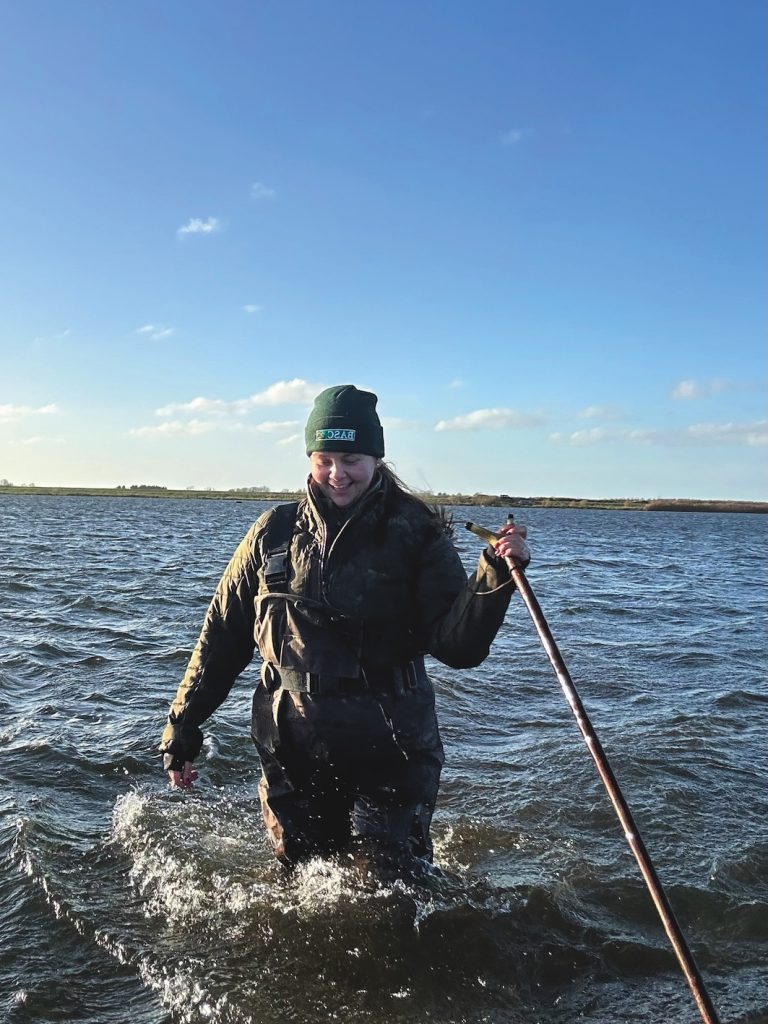Win CENS ProFlex DX5 earplugs worth £1,149 – enter here
Historic Royal Shots: the finest to ever wear a crown
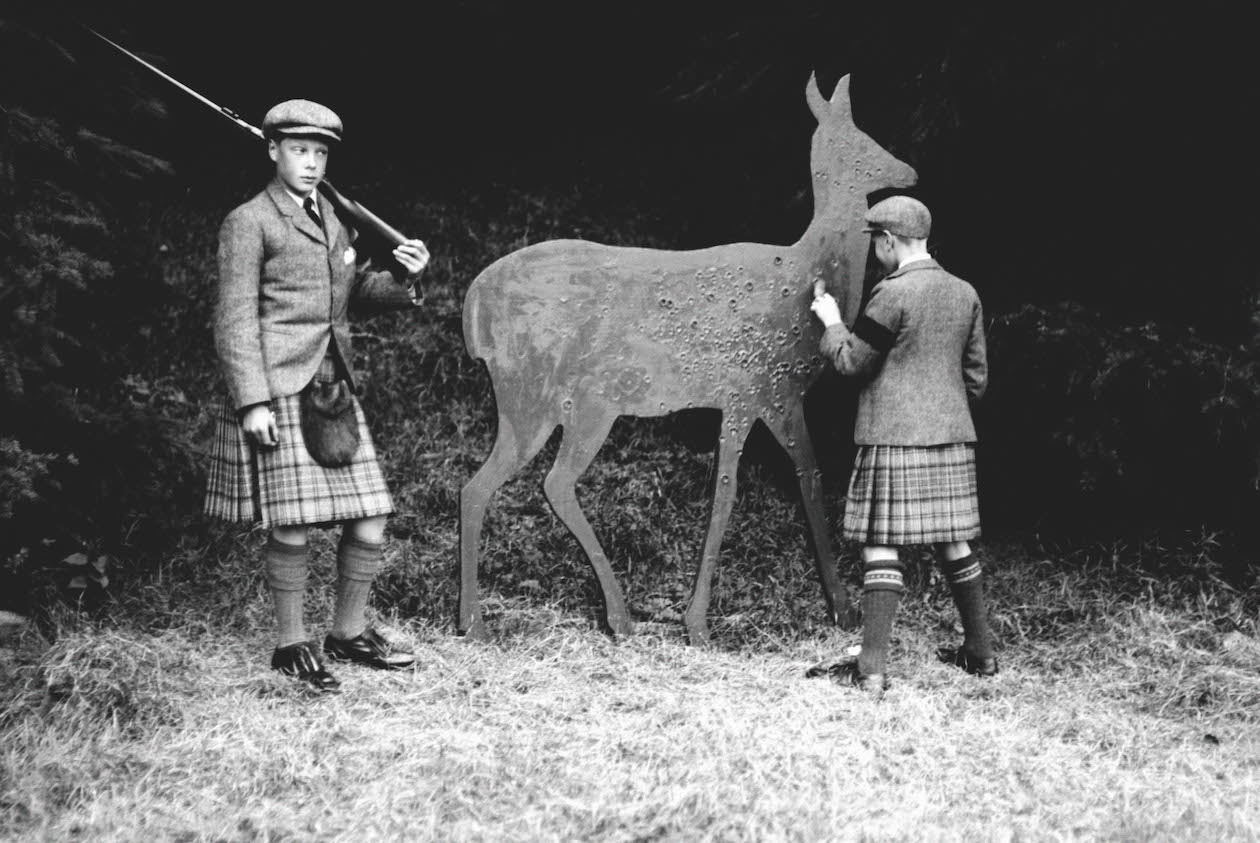 G4TCTY The Prince of Wales (left, later the Duke of Windsor) and Prince Albert (later King George VI) wearing kilts during a practice shooting session. Prince Albert checks the shots on a deer target. in the grounds of Balmoral, Scotland.
G4TCTY The Prince of Wales (left, later the Duke of Windsor) and Prince Albert (later King George VI) wearing kilts during a practice shooting session. Prince Albert checks the shots on a deer target. in the grounds of Balmoral, Scotland.
Best Royal Shots
Royalty has been at the forefront of game shooting activities in Great Britain since the mid 19th century when the Prince of Wales — later King Edward VII — promoted shooting as a socially acceptable alternative form of sport to foxhunting among the aristocracy and the landed gentry. His second son, King George V, was designated as one of the 12 best game Shots in the country by Baily’s Magazine in 1903.
His 60-year sporting career was well-documented by the press, as he not only excelled at pheasant, partridge and grouse shooting, but also wildfowling and deerstalking and he is undoubtedly the best royal Shot of all time. But, of course, other royals, both British and foreign, although they are more quiet about it these days, have also made their mark in the shooting field. (Read more on top Royal Shots here.)
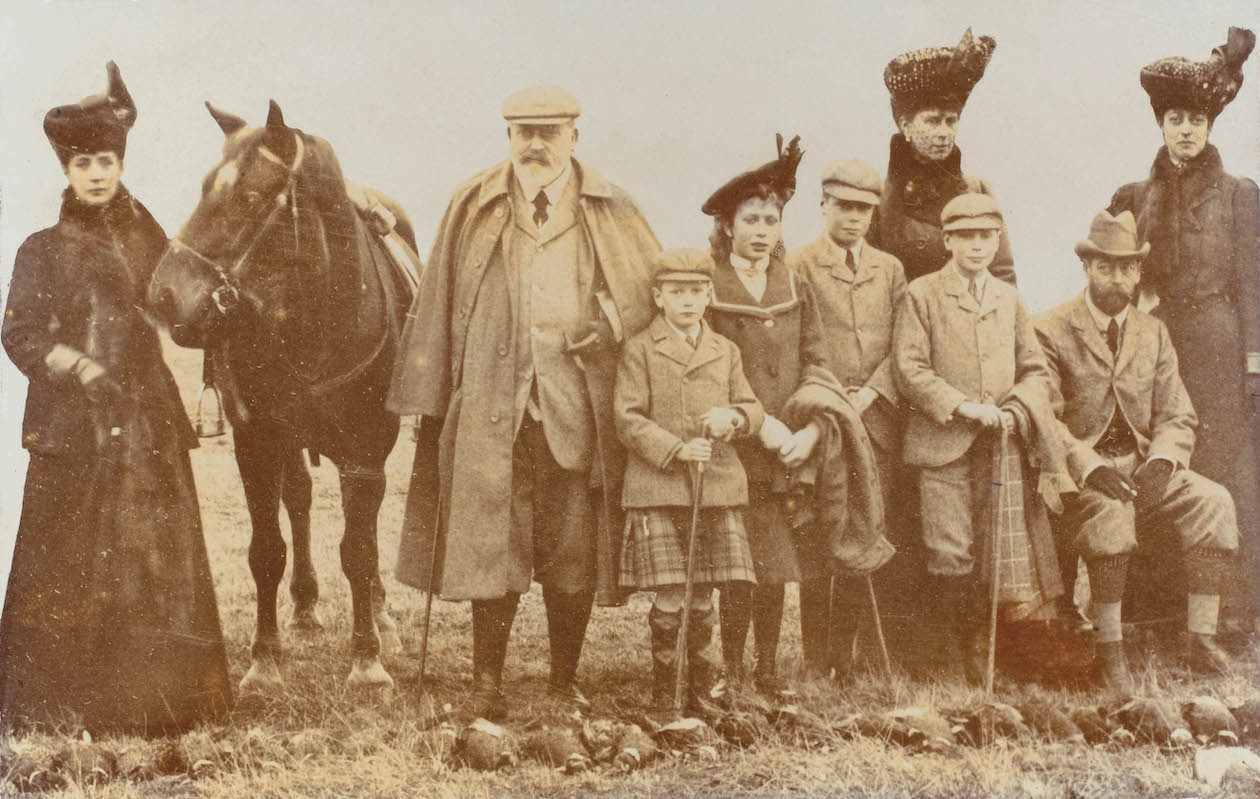
The royal family at a pheasant shoot at Sandringham in 1909
So who were the best Royal Shots?
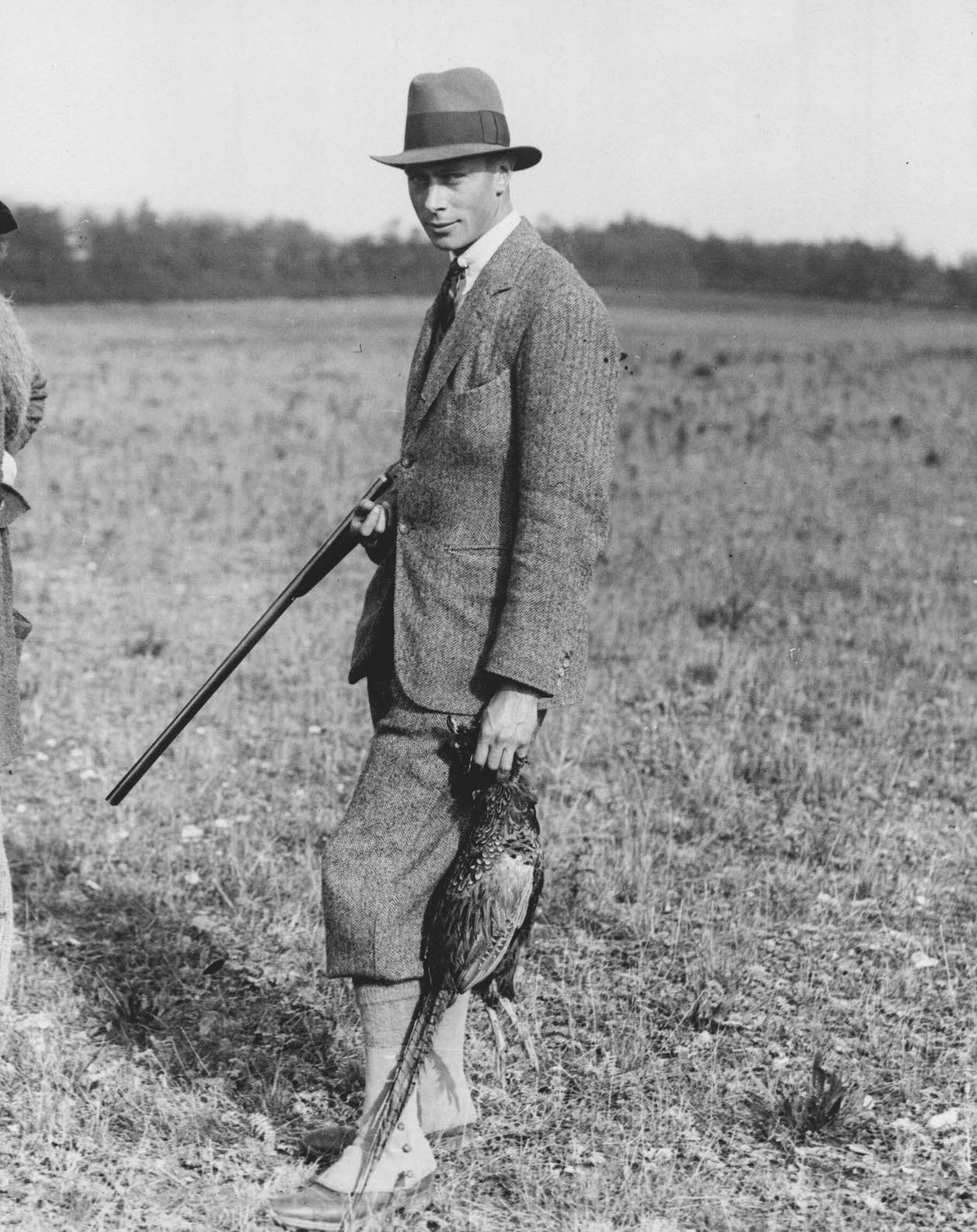
King George VI was an all-round countryman as well as one of the finest Shots of his generation
King George VI
One of the finest Shots of his generation, King George VI, who ascended the throne in December 1936, was an all-round country gentleman who enjoyed hunting, shooting and fishing. Known successively as Prince Albert and as the Duke of York, he was born at Sandringham in Norfolk in 1895 and grew up during the Edwardian era when the royal family dominated the British shooting scene.
Taught to shoot using a single-barrelled muzzle-loading shotgun, King George began his shooting career at the age of 12 on the Sandringham estate, bagging three rabbits on 23 December 1907. He shot his first pheasant in 1909, and his first partridge, first red grouse and first woodcock in 1911. On 5 January 1910 he attended his first driven pheasant shooting party on the Massingham Belt and Grimston Carr beats at Sandringham, where six Guns brought down 312 pheasants, 36 hares, three rabbits and a woodcock. He definitely deserves inclusion on the best Royal Shots list.
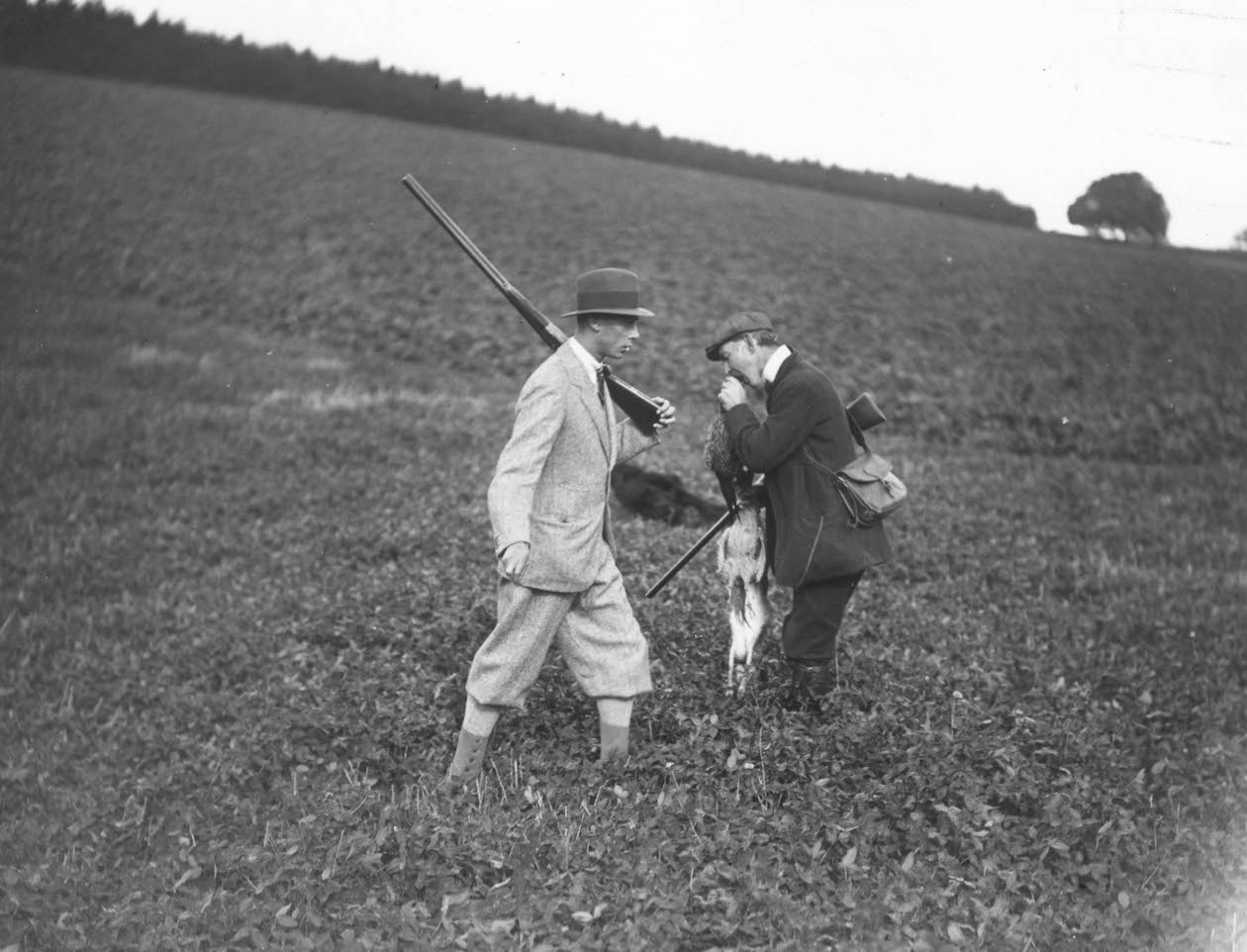
King George VI (then Duke of York) at a shooting party at Wilton, Salisbury
Royal Navy
King George served in the Royal Navy as a young man but continued to hone his shooting skills on the royal estates during periods of shore leave. Upon retirement from the service at the end of World War I, he became a regular guest Gun on some of the leading British shoots, travelling the length and breadth of the country in pursuit of game throughout the 1920s and 1930s.
Following the abdication of his eldest brother, King Edward VIII in 1936, George not only succeeded to the monarchy, but also the royal estates of Windsor, Sandringham and Balmoral. Keen to improve the sporting facilities available to his guests, he acquired additional grouse moors at Balmoral and put down imported stags from Windsor Great Park in the forests for stock improvement purposes and established a first-rate duck shoot for flighting at Sandringham. Indeed, he gave his keepers at Sandringham duck recognition lessons using identification charts.
The outbreak of World War II restricted King George’s shooting activities somewhat, although he still managed to visit Sandringham from time to time. He put on a record shoot on 30 September 1941 when he and six other Guns accounted for a bag of 1,358 partridges, 17 pheasants, 25 hares and two pigeons. Following the cessation of hostilities in 1945, he went out in pursuit of game once again with a renewed vigour.
In the aftermath of the war, King George participated in a number of red-letter shoots, including half a day at Woodbastwick in Norfolk in January 1946 when he and three other Guns brought down 101 mallard on the evening flight; a pheasant shooting party at St Paul’s Walden Bury on 14 November 1947 when he and six other Guns killed 549 pheasants, 10 partridges, four rabbits and four various; and a coot drive at Hickling Broad in Norfolk on 11 February 1950, when he and a team of 13 Guns accounted for 457 coots. He was a particularly keen woodcock Shot, bagging a grand total of 1,055 between 1911 and January 1952.
Notwithstanding his failing health in the post-war years, King George VI continued to shoot right up until the time of his death at the early age of 56 in 1952. Indeed, on the day before he died, he participated in a hare drive at Sandringham along with 20 other Guns, killing three hares with his three last shots.
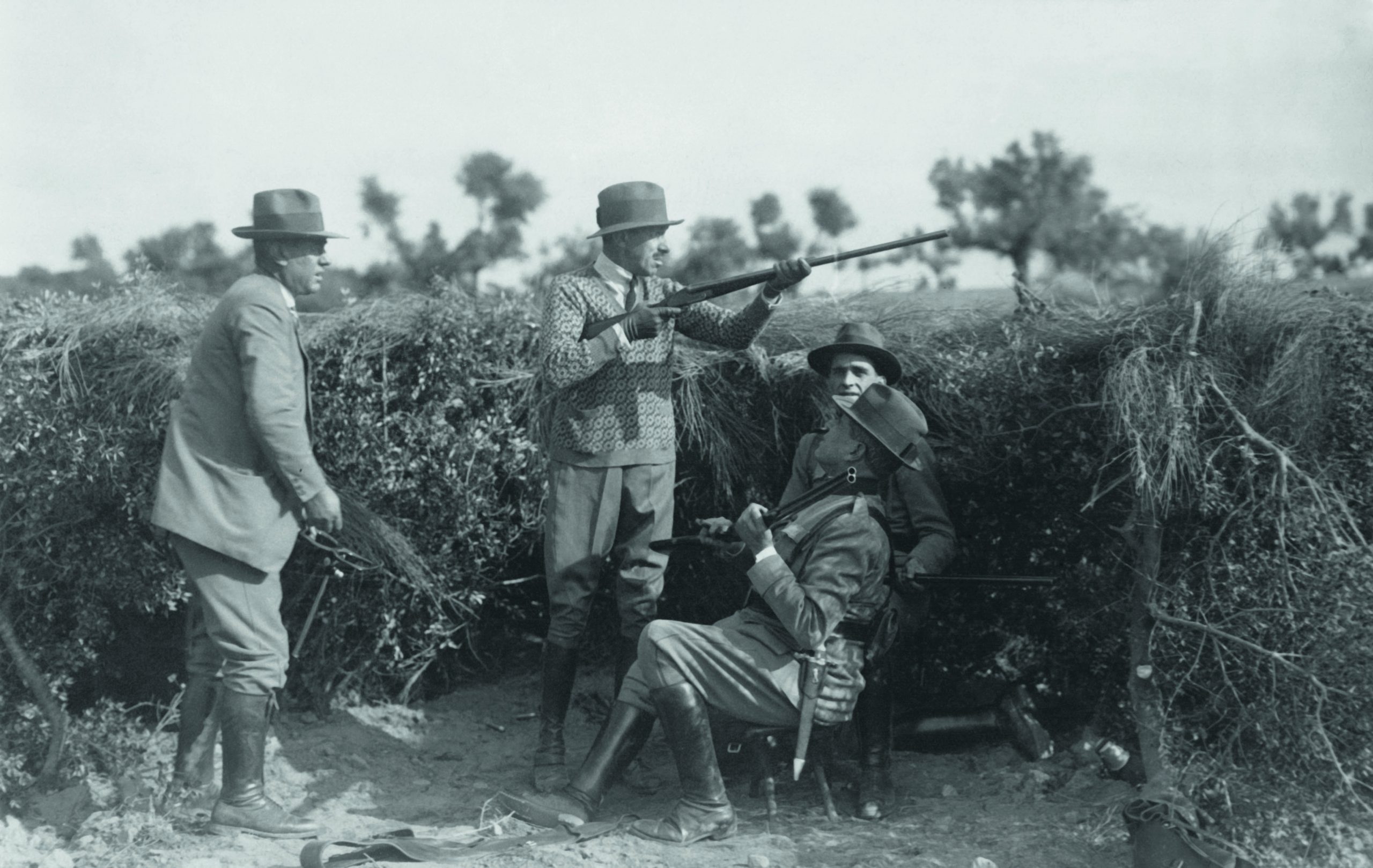
King Alfonso XIII introduced both pheasant and partridge shoots to his Spanish homeland
King Alfonso XIII of Spain
Considered to be the third best Shot among the European monarchs by the early-20th-century shooting grandee, the 6th Duke of Portland, King Alfonso XIII of Spain reigned from the time of his birth in 1886 until 1931 when he abdicated and went into exile abroad after the republicans seized power. Married to Princess Ena of Battenburg, a granddaughter of Queen Victoria, he was a regular guest at shoots on various royal and aristocratic sporting estates in Great Britain from the mid-1900s until the mid-1930s, including Windsor, Sandringham, Langside and Clashindarroch grouse moors and Dunrobin Castle, where he learned to stalk deer and succeeded in grassing seven stags in one day in 1928.
Such was his passion for English-style low-ground game shooting that Alfonso introduced the sport into Spain, establishing a pheasant and partridge shoot at Casa de Campo, his 4,250-acre private hunting preserve near the royal palace in central Madrid. He not only recruited a British headkeeper, Mr Watts, to run the shoot, but also imported pheasant eggs and live partridges from England for breeding and stocking.
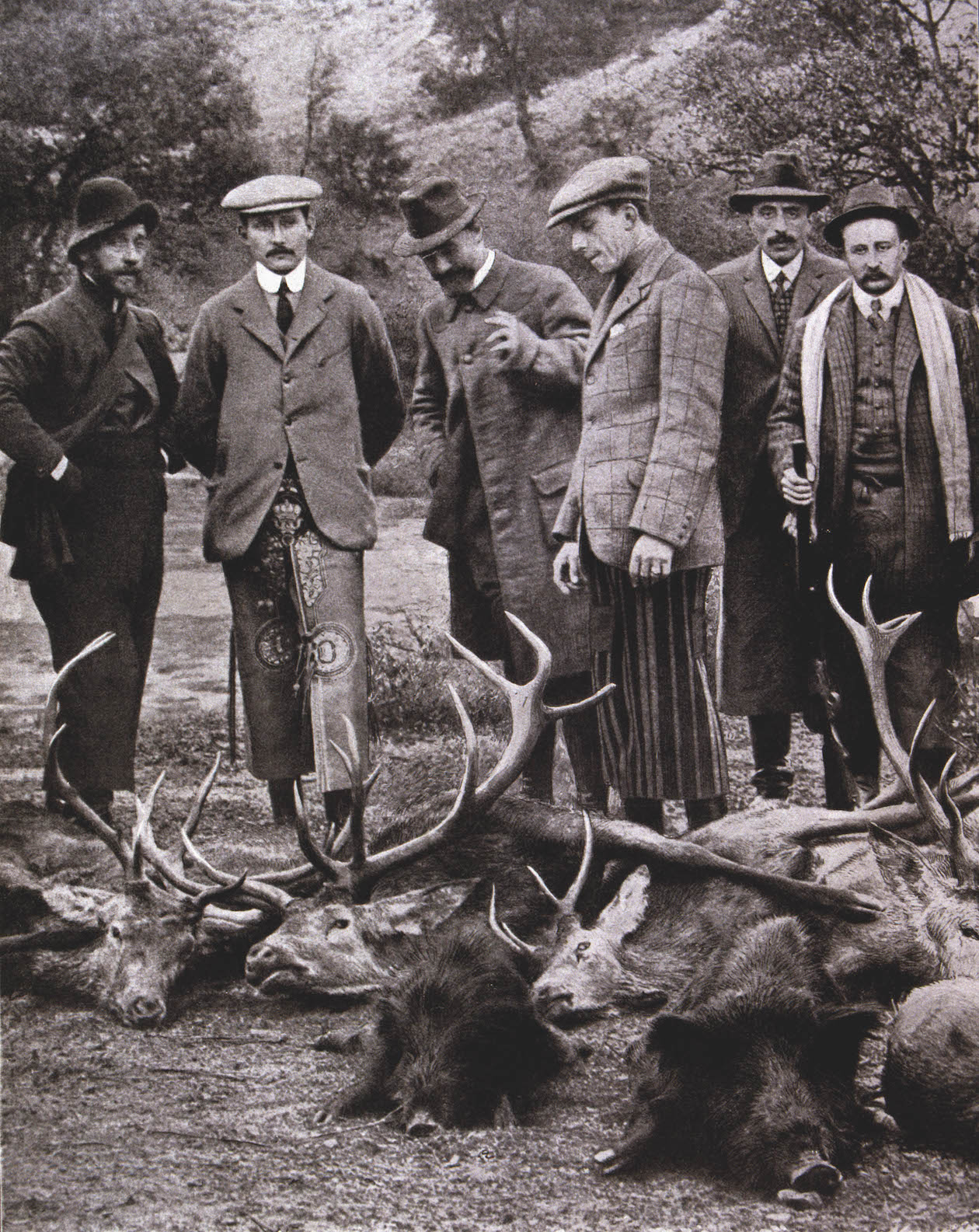
King Alfonso XIII with Prince Arthur of Connaught, grandson of Edward VII
King Alfonso was a keen clay pigeon Shot, too, competing at London Sporting Park at Hendon, Watt’s Shooting Ground at Cricklewood and the Isle of Wight Gun Club Shooting Ground, where, in 1906, he won the island’s clay pigeon trophy.
Following his abdication in 1931, the new republican government confiscated Alfonso’s private sporting estates and handed over a number of properties to the Spanish National Tourist Office for letting to overseas clients interested in shooting goats, bears and other game. The king, although no longer resident in Spain, continued to visit Great Britain, spending one of his last shooting holidays with Colonel and Lady Janet Bailey at Lake House near Salisbury in October 1933. He died in Rome in February 1941.
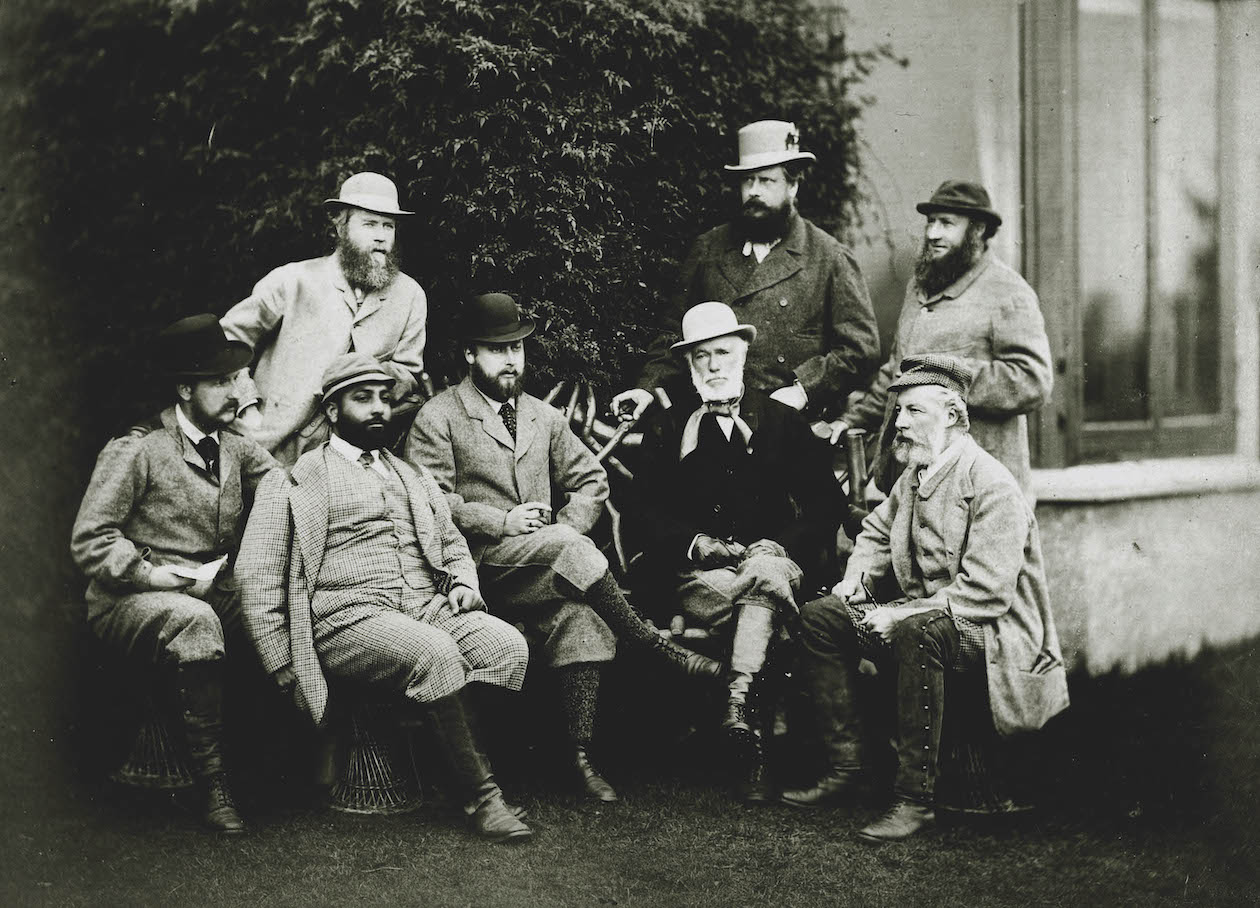
Maharaja Dyleep Singh seated next to the then Prince of Wales
The Maharaja Duleep Singh
One of the more eccentric royal characters to grace the country house shooting circuit during the mid-Victorian period was the Maharaja Duleep Singh, the last ruler of the Punjab and head of the Sikh faith, was born in India in 1838. Thought by his peers to be the fourth best Shot in Great Britain during the 1870s and 1880s, he was obliged to transfer the sovereignty of the Punjab, the Koh-i-Noor diamond and all state property to the British Government under the terms of the Treaty of Lahore in 1849 at the age of 11 in return for a pension of £50,000 (£4.5 million in today’s money). He was subsequently taken to England by his British guardians, granted the rank and precedence of a European prince by Queen Victoria, taught the ways of an aristocratic gentleman and accepted into society. (Rea more on the Maharaja Duleep Singh here.)
Passion
In less than a decade after his arrival in Britain, Duleep Singh had not only purchased the 17,000-acre Elveden Estate in Suffolk with the help of a loan from the India Office to indulge in his passion for driven game shooting, but had also bought Hatherop Castle, a 5,400-acre sporting property in Gloucestershire for the sum of £225,000. He had also acquired the tenancy of Grandtully Castle in Perthshire, which boasted a grouse moor and extensive fishing. He developed Elveden along the lines of Sandringham, laying out game coverts, rearing thousands of pheasants annually and preserving partridges through hand rearing and nest management. He tried to introduce red grouse, black game, capercaillie and Barbary partridges.
Elveden soon gained a reputation as a big bag shoot, attracting the Prince of Wales (later King Edward VII) and other Guns. Shooting on nine days between 1 and 13 September 1876, Duleep Singh alone accounted for a total of 2,500 partridges, bringing down a record bag of 780 partridges on the 8th using 1,000 cartridges. In a good year, he and his guests could expect to shoot in the region of 10,000 partridges on the Elveden estate. The Maharaja gradually ran out of money and was obliged to dispose of Elveden and other sporting possessions in the mid-1880s. He went into exile abroad, dying in Paris almost penniless in 1893.
Related Articles
Get the latest news delivered direct to your door
Subscribe to Shooting Times & Country
Discover the ultimate companion for field sports enthusiasts with Shooting Times & Country Magazine, the UK’s leading weekly publication that has been at the forefront of shooting culture since 1882. Subscribers gain access to expert tips, comprehensive gear reviews, seasonal advice and a vibrant community of like-minded shooters.
Save on shop price when you subscribe with weekly issues featuring in-depth articles on gundog training, exclusive member offers and access to the digital back issue library. A Shooting Times & Country subscription is more than a magazine, don’t just read about the countryside; immerse yourself in its most authoritative and engaging publication.






